There’s something romantic about hay bales dotting the rolling fields of the Vineyard at this time of year, those magical, large pillows that decorate the landscape. And then there’s the smell. Crisp, soft, sweet, it fills the senses (unless of course you are allergic).
It’s haying season again on Island farms.
With a warm, wet spring came longer grass and an early first cut of hay at most Vineyard farms. But early warm weather is not the only thing different about this season. Some Island farmers are beginning to turn to a harvesting method which turns hay into silage for use as animal feed. It’s called haylage, or round bale silage.
Mermaid Farm and Allen Farm in Chilmark are among the farms that are making haylage. To make silage this way, the grass or alfalfa is cut early in its maturity, still green and with a moisture content of around 65 per cent. After the hay is cut, windrowed and baled, the bales are wrapped in plastic and left at the edge of the field to ferment for 30 days. During fermentation, acidity levels drop dramatically, making the hay edible for cattle, pigs, sheep and horses.
The biggest advantage to using this method is only one day of good weather is needed to cut and dry the hay, while traditional methods require at least three or four days.
Allen Healy at Mermaid Farm is in his second year of using silage methods for making hay. Mr. Healy hays fields at the Allen Farm in Chilmark, the Polly Hill Arboretum in West Tisbury, Old County Road in West Tisbury, the Farm Institute in Edgartown and Seven Gates Farm in West Tisbury and Chilmark. In an interview last week, he said that he harvested 21 bales using the silage method last year. This year, the first cut yielded almost 35 bales.
“It’s hard to make good hay here,” Mr. Healy said. “This way you can store it outside rather than in a barn.” He added that the method means getting a jump on the season and getting a higher quality cut.
There is a bit of technique involved: if the plastic is not wrapped tightly enough, there is a chance the hay could get moldy.
Mitchell Posin at the Allen Farm started haying again this year for the first time in 30 years. With the help of Mr. Healy, he harvested 26 large, round bales from the first cut, nearly half of what he needed.
A sheep farmer who has maintained his fields through grazing for three decades, Mr. Posin thanked Mr. Healy for reintroducing him to haying. He said the ease of the silage process was a strong draw for him to return to haying. “I really got into the fertility of the land coming back,” Mr. Posin said. “Just the idea that I’m making new seed and seeing it come full circle is great.”
Reduced cost is another reason Mr. Healy and other farmers are making the switch to haylage. “I liked everyone working together at the end of the day,” he said, before heading out for a day in the field. “But that means getting a crew together, and that costs money.”
Not all Island farmers are making haylage; Simon Athearn at Morning Glory Farm has harvested one grass field and one alfalfa field so far this season using traditional methods, and is hoping to get to another five acres in West Tisbury this week.
In the traditional method, after the hay is cut, a tedder comes through to sling the grass up into the air so that a new surface can face the sun to dry. Once dry, the hay is raked into windrows for the baler to compact into either square or round bales.
And the key word here is dry: during this time of year on the Island, fog can float in at a moment’s notice, especially down-Island. “It really shortens the day and makes for fewer drying hours per day,” Mr. Athearn said. “People in dryer areas can probably do it [make hay] in two days.”
He said Morning Glory Farm hopes for a yield of 100 bales of hay per acre, and had a record season last year of 5,800 bales. This year Mr. Athearn said he will be happy if they hit 5,000.
“I certainly like cutting hay, that’s the finest moment really,” Mr. Athearn said. “Baling is fun, but mowing is my favorite part.”
And while there are new methods to speed up drying, Mr. Athearn said he still relies on traditional methods. “Leave the barn door open and cross your fingers,” he said.
This column is meant to reflect all aspects of agriculture and farm life on the Vineyard. Remy Tumin may be contacted at 508-627-4311, extension 116, or e-mail her at rtumin@mvgazette.com

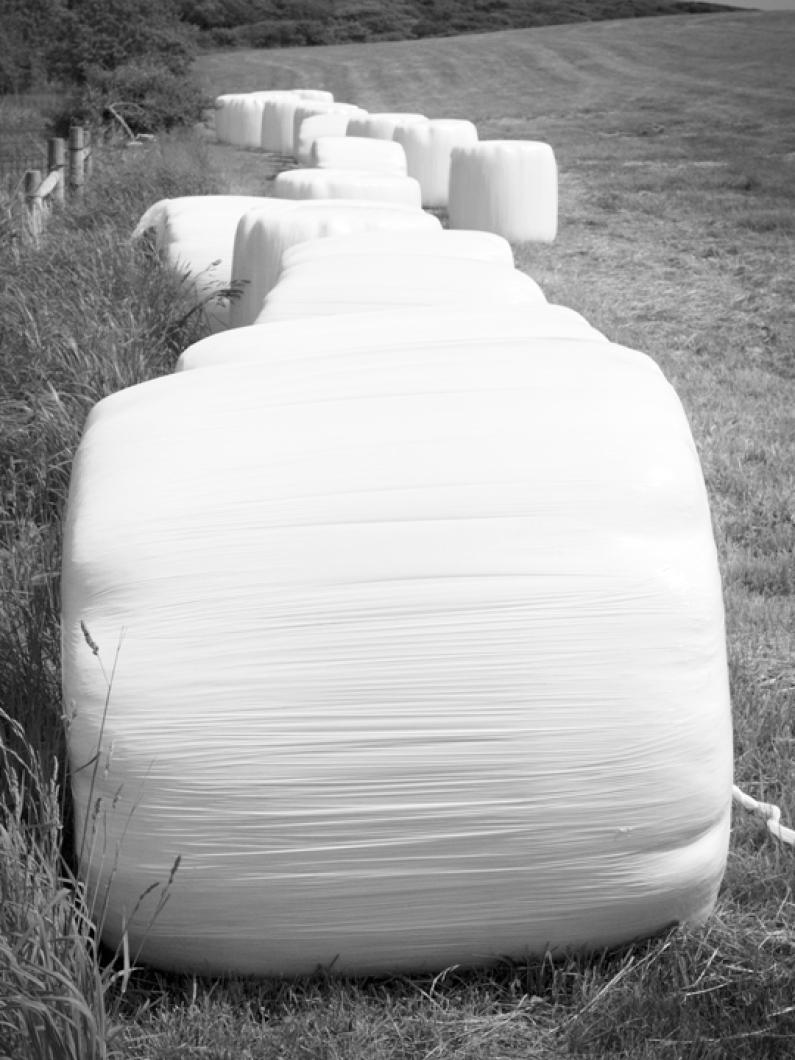
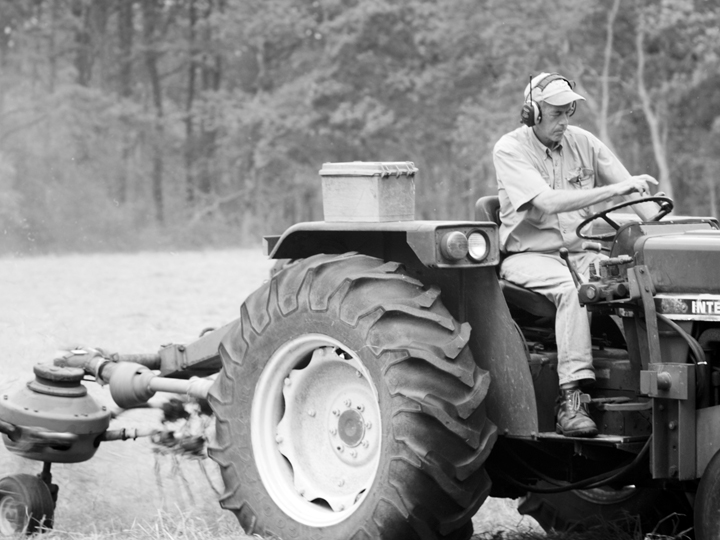
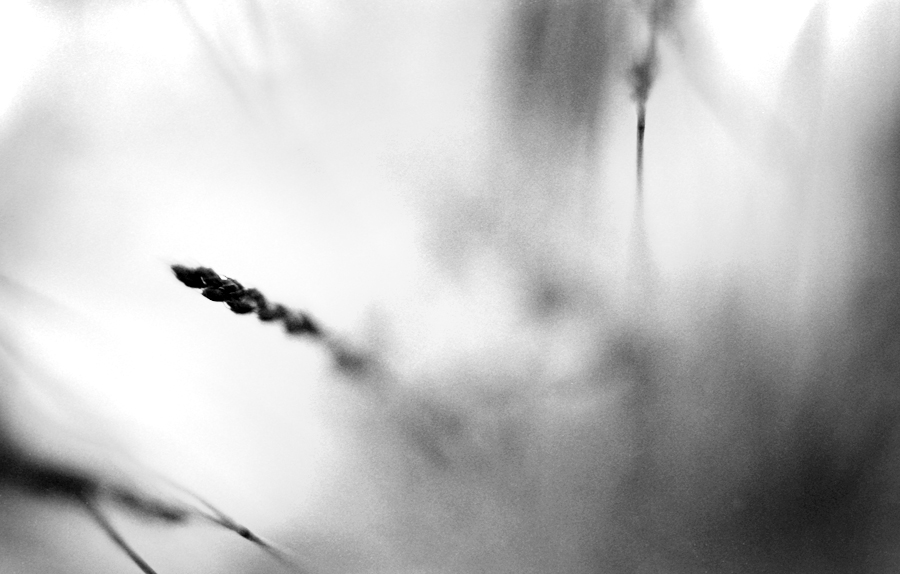

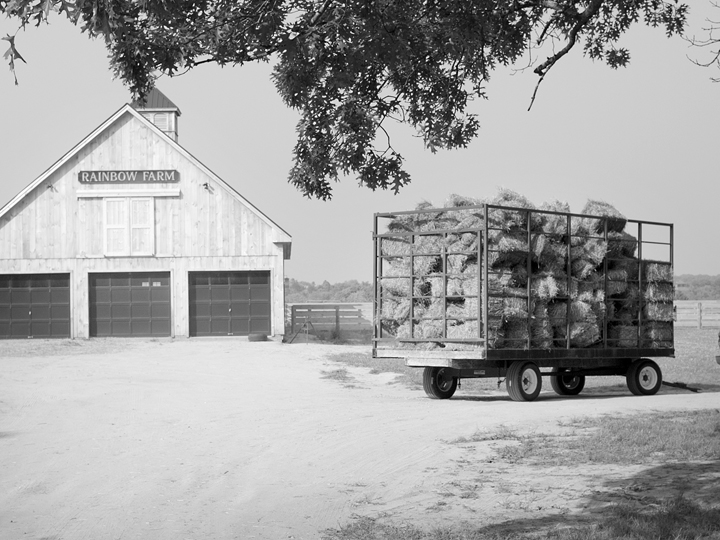
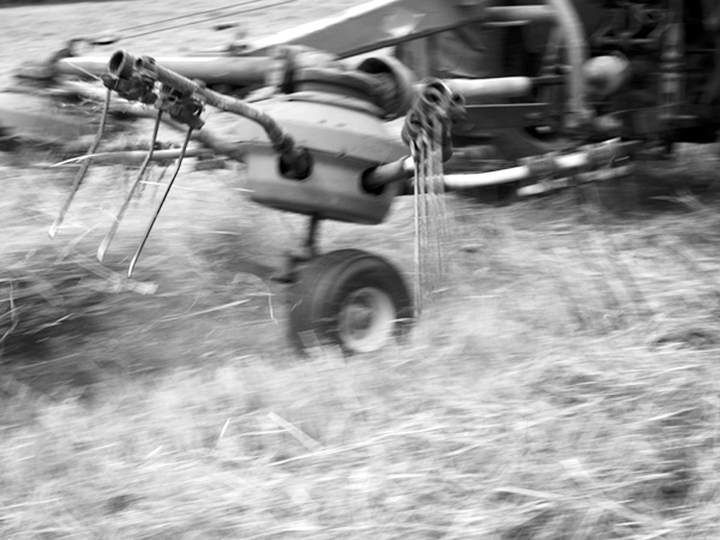


Comments
Comment policy »